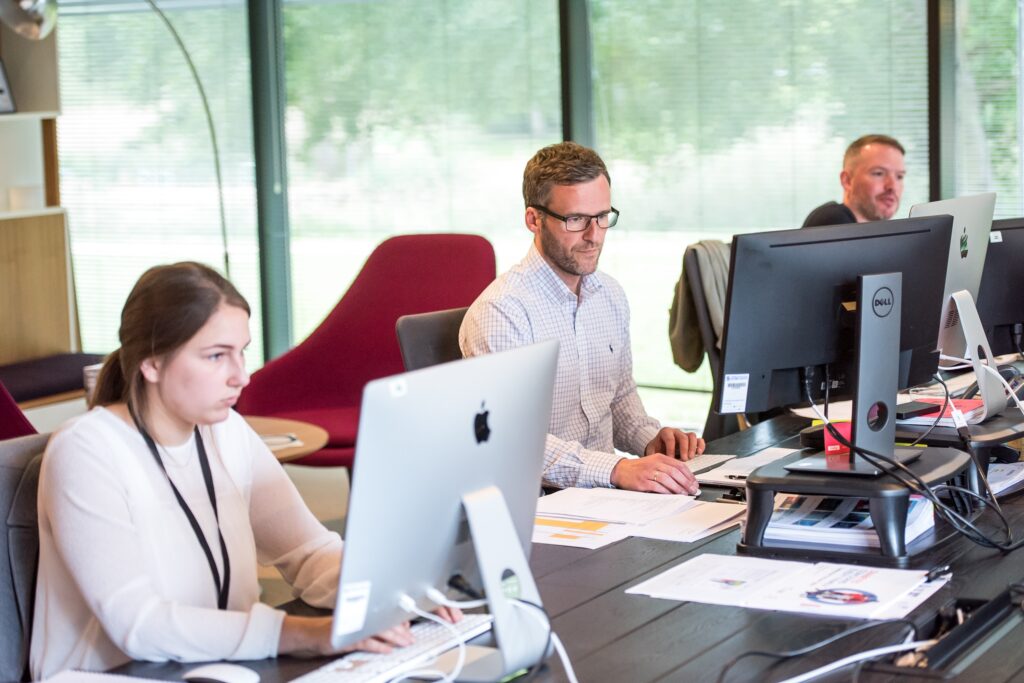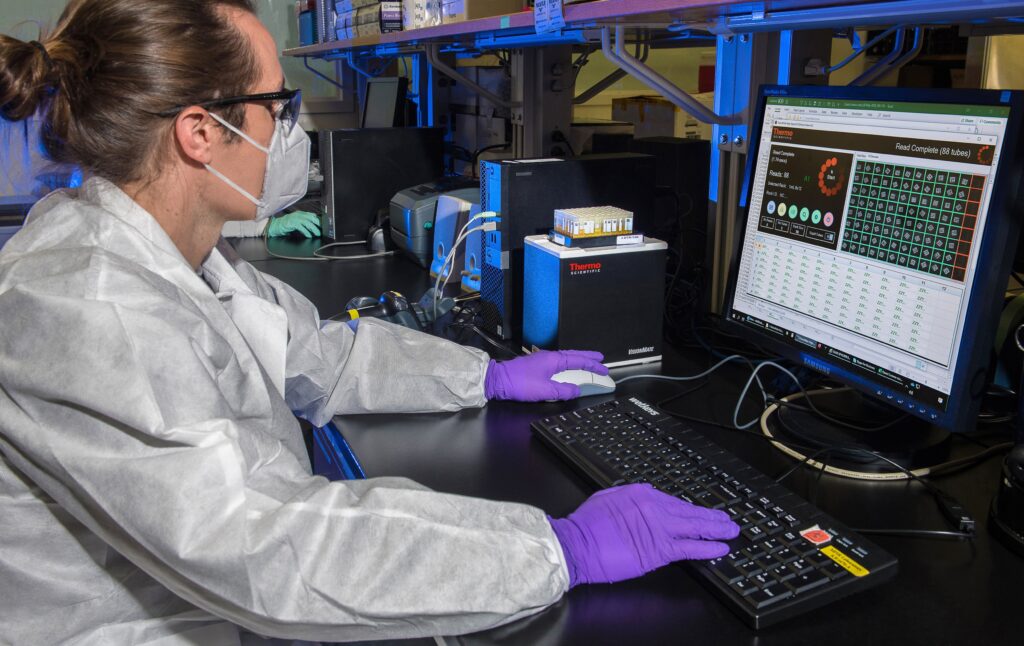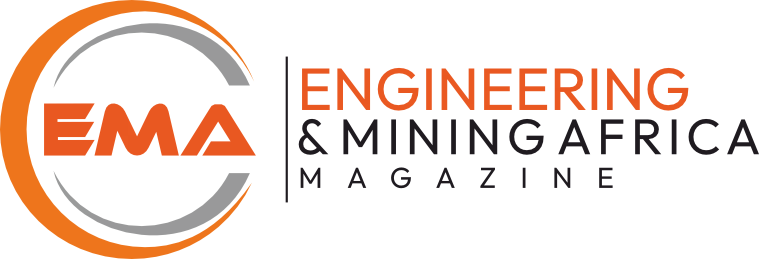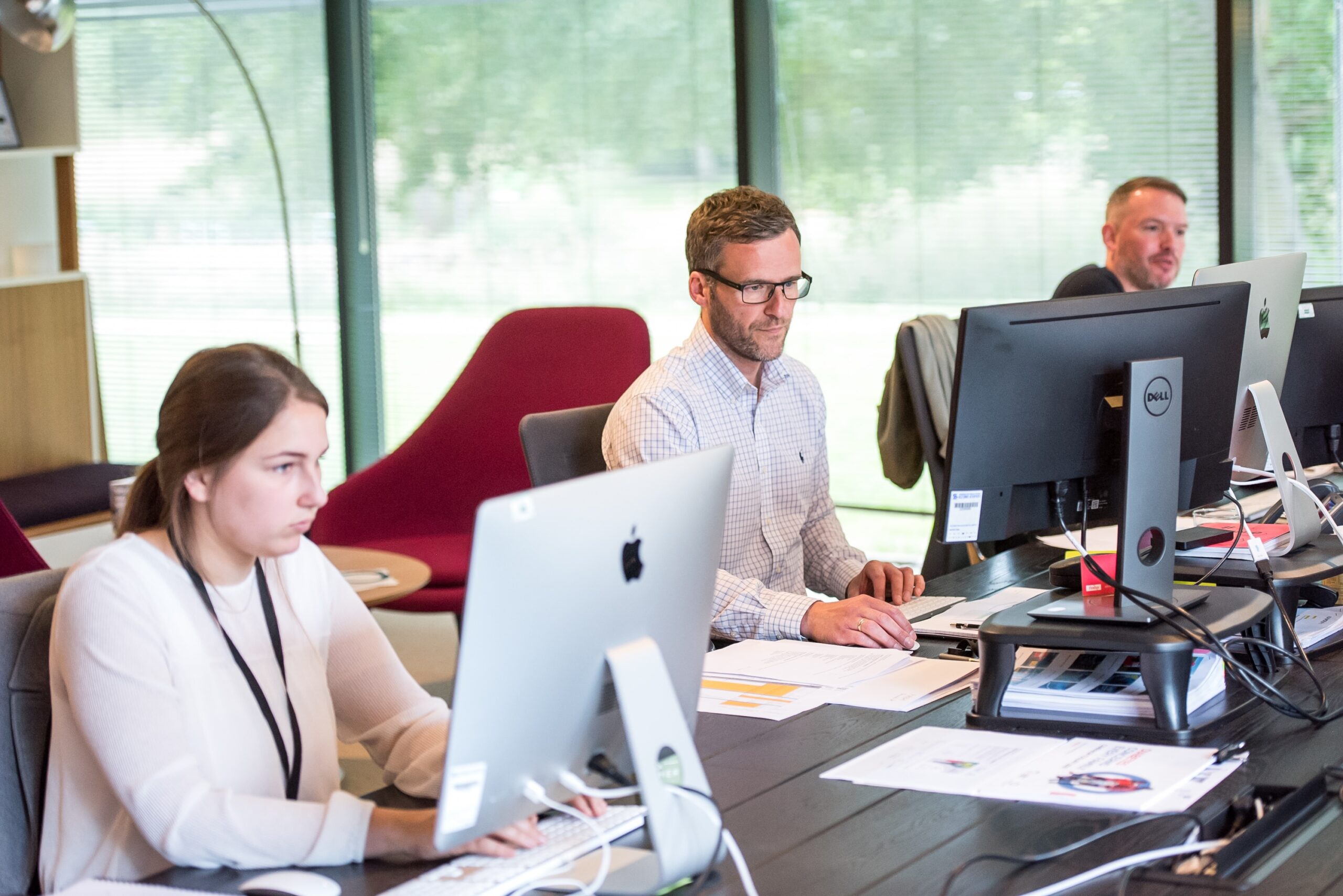There are numerous reasons that goods off a production line can be sub-standard. A major one is a lack of structure in terms of systems and processes, but it could also be that workers on the line have not been given effective training, including performance guidance. Furthermore, when there is little to no communication, employees fail to understand what the job entails or what targets need to be met. Often this comes down to poor management, where superiors are out of touch with what staff need to produce the commodity effectively.
Another, all-too-frequent occurrence is when product quality is sacrificed to meet stringent timelines. Maximising profits is all well and good, but when it comes at the expense of what is ultimately delivered to the customer the time has come for a business to take a hard look at itself.
The effects of poorly produced goods can be catastrophic for countries that import them. Nigeria, for example, is estimated to be losing 15-trillion naira (R624-billion) every year to substandard or fake products.
Uganda also recently began tackling the issue of sub-standard products by establishing laboratories to test the quality of both food and non-food products.
In South Africa, substandard personal protective equipment at the height of the Covid-19 pandemic could not have come at a worse time. Dozens of companies were investigated, with some charged, for putting the lives of health workers and citizens at risk.
Businesses that manufacture such products are effectively shooting themselves in the foot as well, because as soon as word gets out that their items are shoddy or dysfunctional, customers will look elsewhere. There could even be legal action taken in cases where customers are adversely affected.
According to Muhammad Ali, managing director of South Africa’s World Wide Industrial and Systems Engineers (WWISE), the journey to ensuring products meet required standards begins well before workers set foot in the factory.
“You need to create measurable objectives which are the outcomes of a transparent and thorough risk assessment,” Ali says.
“Mitigation plans, projects and budget management should assist the business in tackling these issues by ensuring the objectives become key performance indicators for top management which yield results if they wish to receive bonuses.”
One of the best ways for businesses to manage product quality effectively is to become certified with the International Organisation for Standardisation (ISO). Each standard within the ISO range indicates the tools required – policies, process flows, procedures, work instructions, forms reports and statistical analysis, for example – to help the company meet its objectives.
ISO 9001:2015 is an international standard that creates structure and governance in an organisation by emphasising top management accountability and employee responsibility. It brings home the message that understanding a system is only as good as it is communicated, practised and shows evidence of improvement.
“The standard is principle-focused, with a strong emphasis on customers, leadership, engagement of people, improvement, evidence-based decision-making and supplier relationships. External audit and certification also provide a level of assurance to clients, such as insurance companies, and place guarantees on optimum products and services,” Ali says.
Implementation and certification of ISO 9001:2015 is essential in developing markets like South Africa, he adds. “If you don’t have this standard in place, it is very unlikely you will receive any private or public clientele as they will not be confident enough to do business with you.”
Effective implementation for small companies (50 staff or less) takes between six and nine months, while larger companies can expect it to take between one to two years. Monitoring and measuring equipment to conduct inspections and testing is required for all industries, including the services sector.
Ali points to other standards that should be implemented by South African manufacturing firms. These include:
- ISO 9001 – Quality;
- ISO 14001 – Environmental;
- ISO 45001 – Occupational Health & Safety; and
- Any other SANS or International Standard alignment.
Those businesses operating in international markets should also pursue ISO 37001 (bribery management systems) due to the “high levels of corruption in South Africa”.
“South Africa might be red-flagged in these markets, so it’s important to ensure every step is being taken reassure foreign customers,” Ali says.
WWISE has found, on average, yielding returns on the effective implementation of standardisation can take anywhere from three months to three years.

Muhammad Ali, managing director of South Africa’s World Wide Industrial and Systems Engineers (WWISE),





